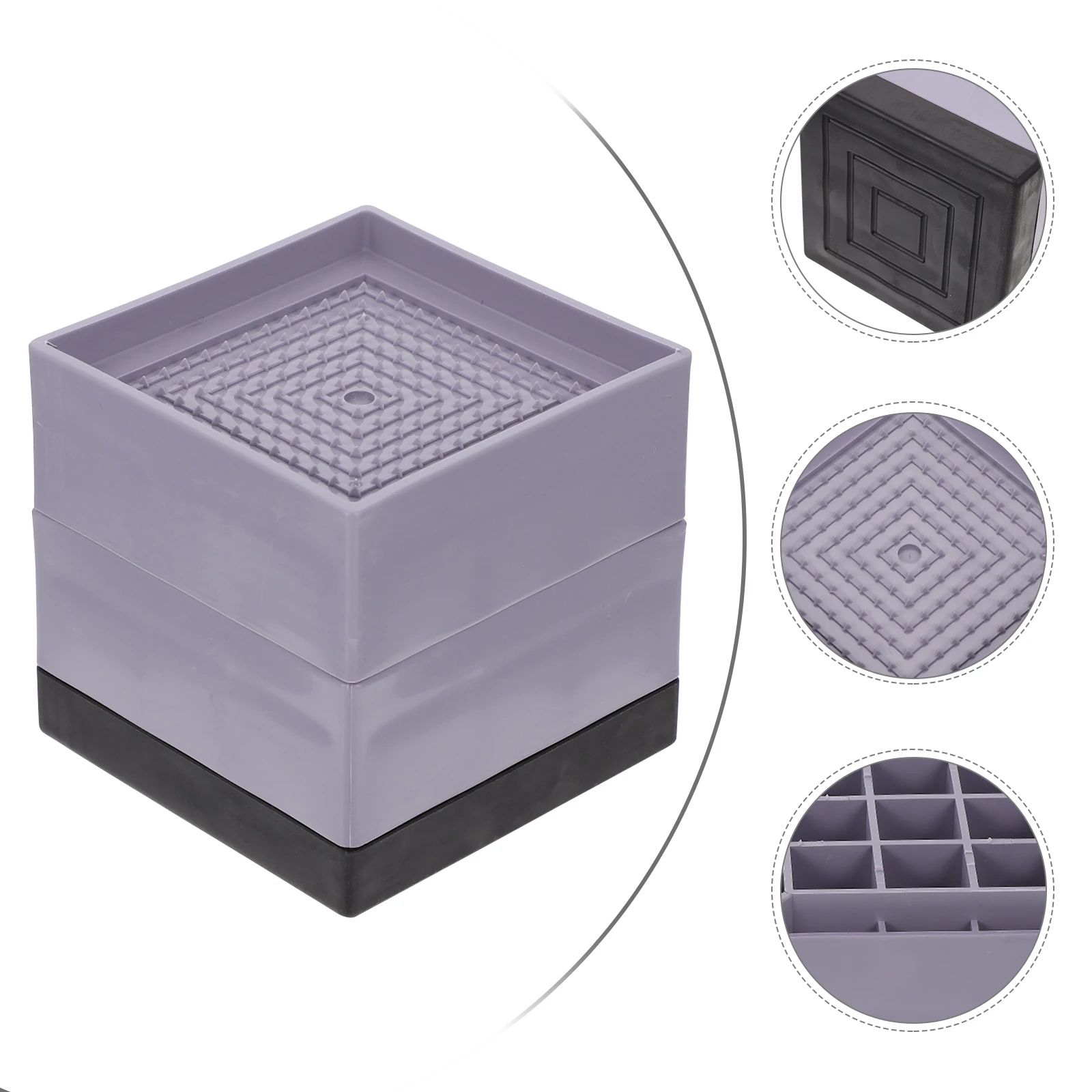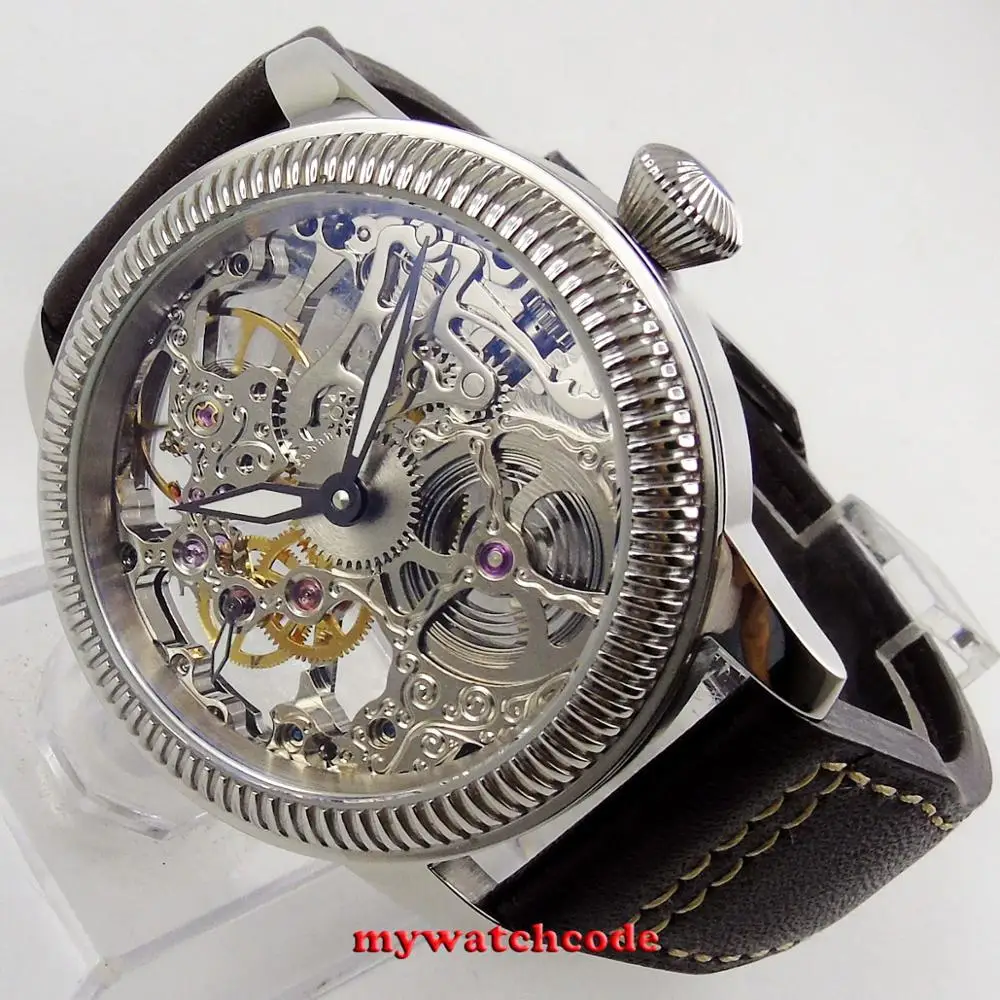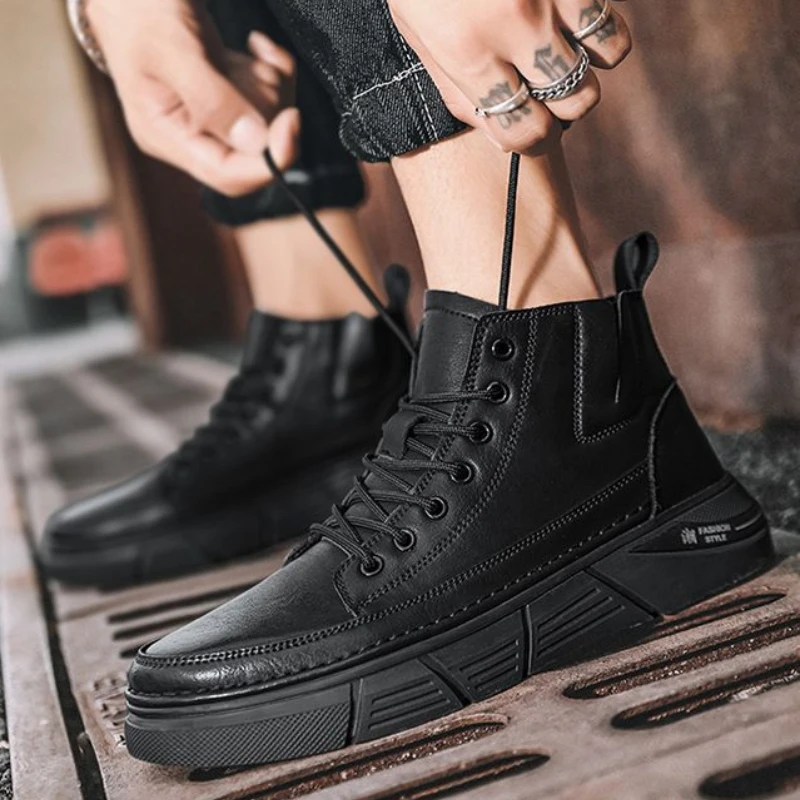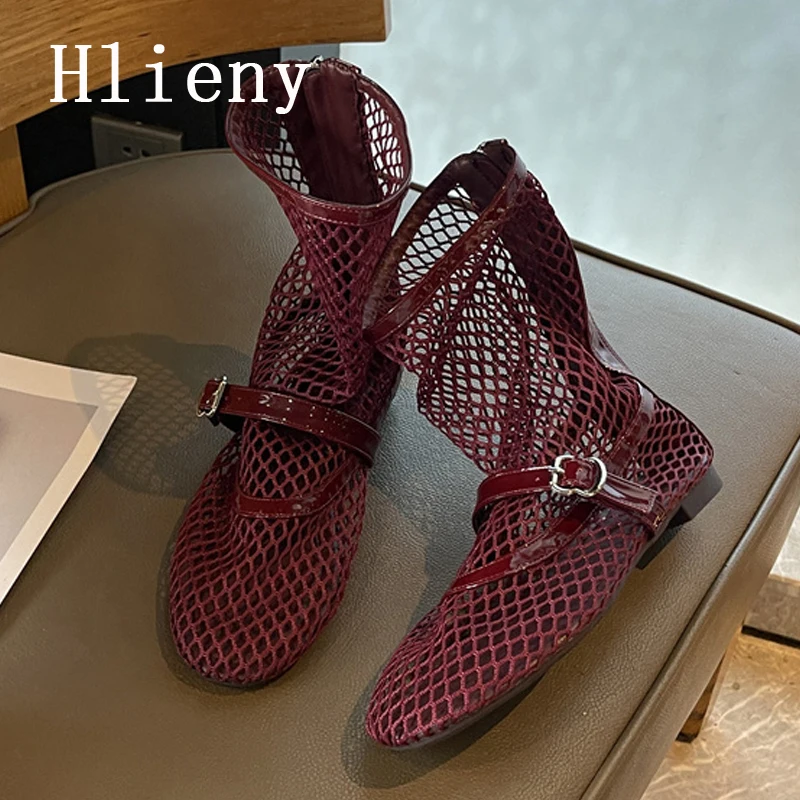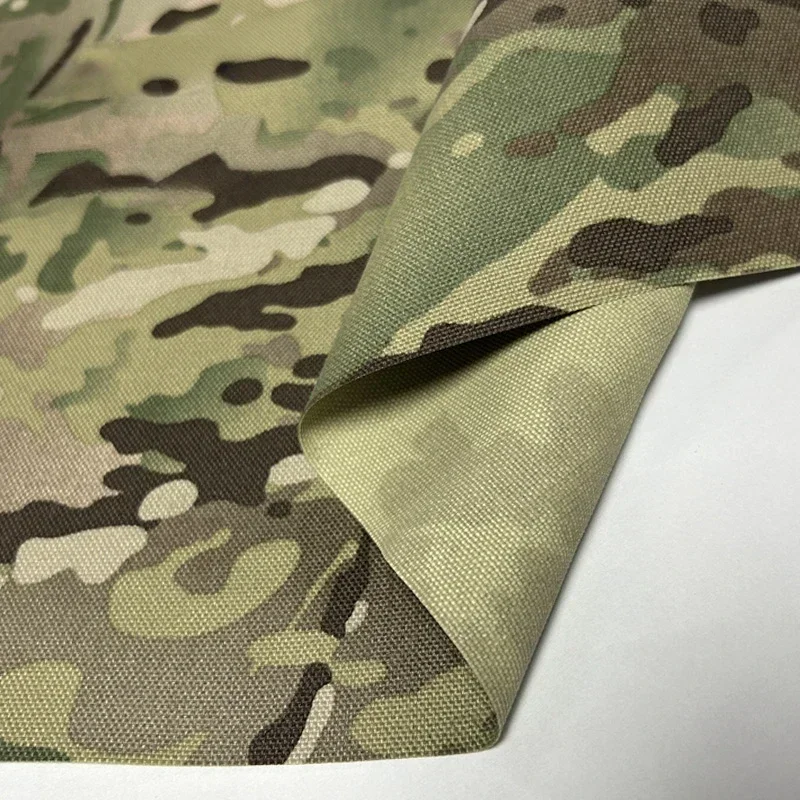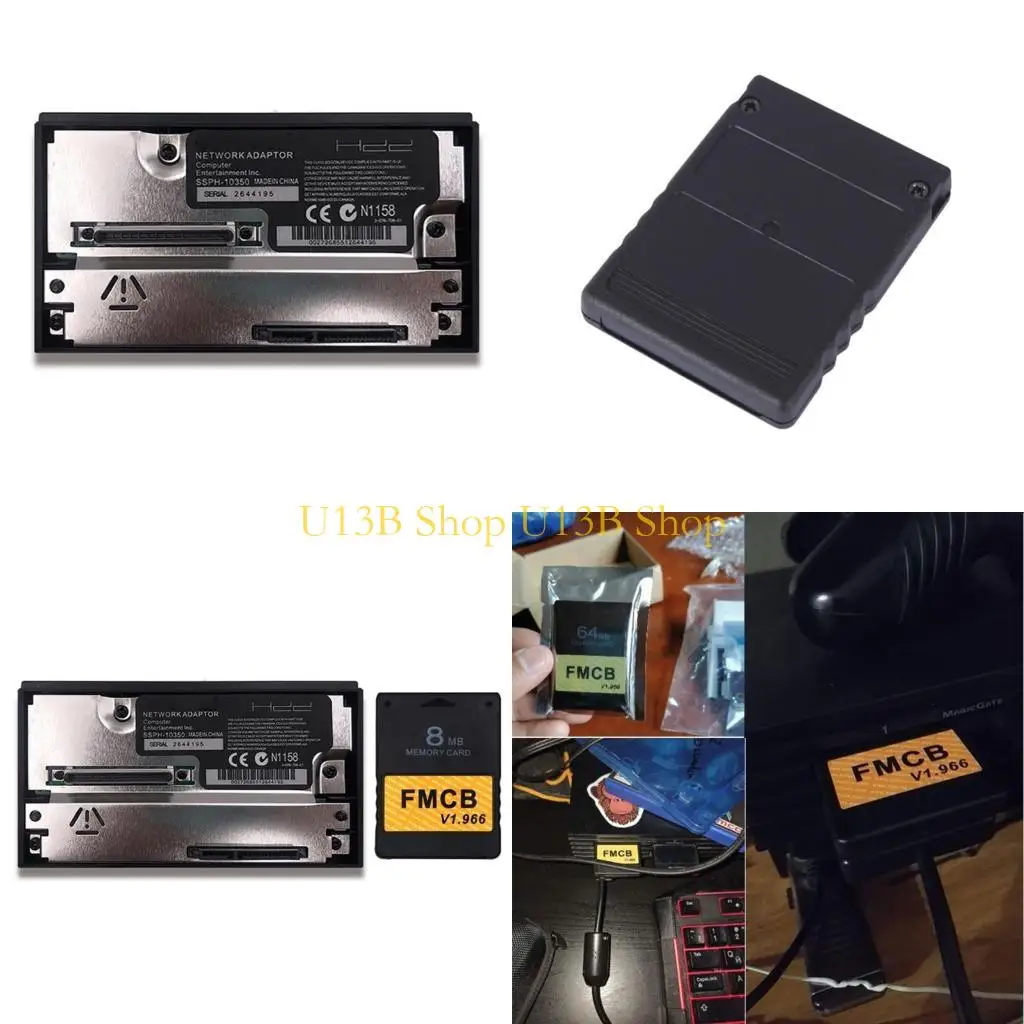Для химического поля термостойкий ПВДФ
- Категории: Электронные пластиковые >>>
- Поставщик: Mianyang,Prochema,Commercial,Co.,Ltd.
Поделиться:
Описание и отзывы
Характеристики
Product Description
PVDF tube
DN15-300MM thickness ;
1.5mm-15mm Length 1-5m
Food and beverage and dairies industry:
requiring low extractable and Food and Drug approved compounds
Ultra pure and pure water systems:
For power plant construction and for different industries (e.g. petrochemical industry)
Pharmaceutical industry:
PVDF are very pure materials for handling water and chemicals that have special purity requirement, PVDF can be repeatedly autoclaved and cleaned with 30 psi steam without changing physical properties
Chemical processing industry:
General chemical processing for corrosive chemical and higher temperature application e.g. pulp and paper industry: in handling halogens and acids
Metal preparation and Mining:
In the metals industry, a variety of acids are used to clean, treat/prepare or separate the final product. Strong acids like hydrofluoric, hydrochloric, sulfuric, nitric and chromic are all common to this industry. The concentrations of these chemicals can vary throughout the process, temperatures tend to be elevated, and mixtures of acids are common.
Water and waste water treatment plants:
for handling high concentrations of sodium hydro chlorite and membrane filtering system, used in mechanical components, fabricated vessels, tanks, pumps, valves, heat exchanger, tower packing, piping system.
Microelectronic industry and semiconductor factories
requiring very low extractable values
Display factories (LCD, TFT, LED)
Solar cell production PV
Printed circuit board production (PCB)
1.5mm-15mm Length 1-5m
Typical Applications:
Food and beverage and dairies industry:
requiring low extractable and Food and Drug approved compounds
Ultra pure and pure water systems:
For power plant construction and for different industries (e.g. petrochemical industry)
Pharmaceutical industry:
PVDF are very pure materials for handling water and chemicals that have special purity requirement, PVDF can be repeatedly autoclaved and cleaned with 30 psi steam without changing physical properties
Chemical processing industry:
General chemical processing for corrosive chemical and higher temperature application e.g. pulp and paper industry: in handling halogens and acids
Metal preparation and Mining:
In the metals industry, a variety of acids are used to clean, treat/prepare or separate the final product. Strong acids like hydrofluoric, hydrochloric, sulfuric, nitric and chromic are all common to this industry. The concentrations of these chemicals can vary throughout the process, temperatures tend to be elevated, and mixtures of acids are common.
Water and waste water treatment plants:
for handling high concentrations of sodium hydro chlorite and membrane filtering system, used in mechanical components, fabricated vessels, tanks, pumps, valves, heat exchanger, tower packing, piping system.
Microelectronic industry and semiconductor factories
requiring very low extractable values
Display factories (LCD, TFT, LED)
Solar cell production PV
Printed circuit board production (PCB)
PVDF transparent tube (shrink tube)
Dia1.2- 50.8mm
These thin wall heat shrinkable tube are the polyvinylidene fluoride composed and treated in radiation modification. This tubing possesses good wear & heat resistant, oil & chemical solvent resistant and flame retarding.
PVDF Heat Shrink Tube has a 2:1 shrink ratio. When freely recovered, the tubing will shrink to 50% of its as-supplied internal diameter. The recovered wall thickness is proportional to the degree of recovery. The operating temperature range is from -55°C
(-67°F) to 175°C (347°F), with a shrinking temperature minimum of 175°C (347°F).
(-67°F) to 175°C (347°F), with a shrinking temperature minimum of 175°C (347°F).
Feature :
1. Continuous operating temperature: -65°C~175°C
2. Resistant to corrosion, strong acid, strong base, chemical reagents, and oil etc.
3. Excellent dielectric Insulation properties
4. Excellent electrical performance that does not change with the temperature and frequency
5. Excellent mechanical performance, shock proof, high elasticity
6. Ultra-low friction co-efficient highly flame retardant
7. Flammability: VW-1
8. Shrink Ratio: 2:1
9. Standard color: clear/transparent, color available
1. Continuous operating temperature: -65°C~175°C
2. Resistant to corrosion, strong acid, strong base, chemical reagents, and oil etc.
3. Excellent dielectric Insulation properties
4. Excellent electrical performance that does not change with the temperature and frequency
5. Excellent mechanical performance, shock proof, high elasticity
6. Ultra-low friction co-efficient highly flame retardant
7. Flammability: VW-1
8. Shrink Ratio: 2:1
9. Standard color: clear/transparent, color available
Main applications:
PVDF Heat Shrink Tube is typically used for shrink-fit protection and strain relief of wires, solder joints, terminals and
connections. Suggested applications include automotive wiring, jackets, fuse coverings and military wire markers. Because the tubing is transparent, it allows see-through inspection and identification, and is ideal for use as a jacketing for components such as resistors and capacitors. The tubing is readily marked by hot-stamp and print-wheel equipment.
connections. Suggested applications include automotive wiring, jackets, fuse coverings and military wire markers. Because the tubing is transparent, it allows see-through inspection and identification, and is ideal for use as a jacketing for components such as resistors and capacitors. The tubing is readily marked by hot-stamp and print-wheel equipment.
PVDF rod
Dia4-300mm
Electrical Insulation,seal,Antisticking materials Electrical insulation,seal,
Features:
♦ High rigidity and high strength
♦ Toughness, wear resistance, excellent creep resistance
♦ Excellent chemical stability, good corrosion resistance
♦ Anti-aging properties, anti-ultraviolet
♦ Good mechanical performance, easy welding, thermoforming and other machining
♦ Insulation resistance, high dielectric strength, low flammability
♦ Be stable for Oxide, Bromide and energy rays such as β and γ.
♦ Good welding, thermal forming and machining
Applications:
♦ The best materials for petrochemical equipment, fluid handling systems as a whole or lined pumps, valves, piping, tanks and heat exchangers.
♦ To meet the requirements of anti-corrosion and fire-retardant, widely used in the semiconductor industry on high-purity chemical
storage and delivery devices.
♦ Be used in the fields of electronics industry about LED related devices, chemistry equipment and food processing machinery.
♦ Also for metal reactor, metal anti-corrosion chemical containers lining
♦In environmental protection field, can be used for the lining of glassed steel reactor, plastic liner of enamel reactor and
anti-corrosion lining of pipeline .
♦ Other pump parts, rotary disc, valve, stop valve, extraction centrifuge, cog wheel, pipe connections, slide, etc.
♦ Toughness, wear resistance, excellent creep resistance
♦ Excellent chemical stability, good corrosion resistance
♦ Anti-aging properties, anti-ultraviolet
♦ Good mechanical performance, easy welding, thermoforming and other machining
♦ Insulation resistance, high dielectric strength, low flammability
♦ Be stable for Oxide, Bromide and energy rays such as β and γ.
♦ Good welding, thermal forming and machining
Applications:
♦ The best materials for petrochemical equipment, fluid handling systems as a whole or lined pumps, valves, piping, tanks and heat exchangers.
♦ To meet the requirements of anti-corrosion and fire-retardant, widely used in the semiconductor industry on high-purity chemical
storage and delivery devices.
♦ Be used in the fields of electronics industry about LED related devices, chemistry equipment and food processing machinery.
♦ Also for metal reactor, metal anti-corrosion chemical containers lining
♦In environmental protection field, can be used for the lining of glassed steel reactor, plastic liner of enamel reactor and
anti-corrosion lining of pipeline .
♦ Other pump parts, rotary disc, valve, stop valve, extraction centrifuge, cog wheel, pipe connections, slide, etc.
Electrical Insulation,seal,Antisticking materials Electrical insulation,seal,
Antisticking materials
PVDF film (white and transparent)
Thickness :
15-60um Width :1300mm
transparent:
30 50um x1310mm
Color:
transparent, White, Shallow Grey, Grey, Black, Shallow Blue and Sky Blue.
corrosion resistance .Perfect chemical stability ,special piezoelectric property and self-cleaning property .
Application areas
Application areas
Integrated Wall, Closet, Integrated Wall, Closet | Interior Decorations of RV and Yacht | Interior Decorations of High-speed Rail and Airplane, Film Battery Assembly | Crystalline Silicon Solar Module | Colored Steel, Photovoltaic Backsheet | Integrated Wall, Closet | Agriculture ,Photovoltaic Backsheet , Film Structural Architecture | Interior Decorations of RV and Yacht
PVDF sheet
1:1000mm X 2000mm with thickness 1-50mm
2:1500mm X 3000mm with thickness 1-15mm
Other specifications can be customized
1,Deionized water system
2,Pump and valve parts
3,Fire safe componentry
4, Anticorrosive container and lining,Tanks and tank linings
5,Nuclear waste processing
6,Electrical insulators
7,Solar cell back sheet
8,Bio-medical device components
9,Chemical storage & fluid handling
10,Battery manufacturing components
11,Semiconductor equipment components
2:1500mm X 3000mm with thickness 1-15mm
Other specifications can be customized
Features:
1. Mechanical strength and toughness
2. High abrasion resistance
3. High thermal stability
4. High dielectric strength
5. High purity
6. Readily melt processable
7. Resistance to most chemicals and solvents
8. Resistance to ultraviolet and nuclear radiation
9. Resistance to weathering
10. Resistance to fungi
11. Weldable
1. Mechanical strength and toughness
2. High abrasion resistance
3. High thermal stability
4. High dielectric strength
5. High purity
6. Readily melt processable
7. Resistance to most chemicals and solvents
8. Resistance to ultraviolet and nuclear radiation
9. Resistance to weathering
10. Resistance to fungi
11. Weldable
Typical Applications:
1,Deionized water system
2,Pump and valve parts
3,Fire safe componentry
4, Anticorrosive container and lining,Tanks and tank linings
5,Nuclear waste processing
6,Electrical insulators
7,Solar cell back sheet
8,Bio-medical device components
9,Chemical storage & fluid handling
10,Battery manufacturing components
11,Semiconductor equipment components
PVDF prochessed parts
Kinds of connector,joint,elbow,butterfly floater,gasket,ball.. .
· Semiconductor industry
· Pulp and paper industry
· Pharmaceutical industry
· Chemical processing
· Food processing
1. Mechanical strength and toughness
2. High abrasion resistance
3. High thermal stability
4. High dielectric strength
5. High purity
6. Readily melt processable
7. Resistance to most chemicals and solvents
8. Resistance to ultraviolet and nuclear radiation
9. Resistance to weathering
10. Resistance to fungi
11. Weldable
OEM, ODM is acceptable
design drawing picture, datas,quantity ,usage are needed when you inquiry .
Application :
· Semiconductor industry
· Pulp and paper industry
· Pharmaceutical industry
· Chemical processing
· Food processing
Features:
1. Mechanical strength and toughness
2. High abrasion resistance
3. High thermal stability
4. High dielectric strength
5. High purity
6. Readily melt processable
7. Resistance to most chemicals and solvents
8. Resistance to ultraviolet and nuclear radiation
9. Resistance to weathering
10. Resistance to fungi
11. Weldable
PVDF
for chemical field heat resistance nano-pvdf sheet
for chemical field heat resistance nano-pvdf sheet
Introduction :
PVDF is a specialty plastic material in the fluoropolymer family; it is used generally in applications requiring the highest
purity, strength, and resistance to solvents, acids, bases and heat and low smoke generation during a fire event. Compared to other fluoropolymers, it has an easier melt process because of its relatively low melting point of around 177 °C.
It has a low density (1.78) and low cost compared to the other fluoropolymers. It is available as piping products, sheet, tubing, films, plate and an insulator for premium wire. It can be injected, molded or welded and is commonly used in the chemical, semiconductor, medical and defense industries, as well as in lithium ion batteries. It is also available as a crosslinked closed cell foam, used increasingly in aviation and aerospace applications.
It has a low density (1.78) and low cost compared to the other fluoropolymers. It is available as piping products, sheet, tubing, films, plate and an insulator for premium wire. It can be injected, molded or welded and is commonly used in the chemical, semiconductor, medical and defense industries, as well as in lithium ion batteries. It is also available as a crosslinked closed cell foam, used increasingly in aviation and aerospace applications.
PVDF (polyvinylidene fluoride) is a kind of light fluoride material, with the working temperature ranging from -70 to 150 . It
features superior corrosion resistance, mechanical property, electrical insulating property, low friction coefficient,
weatherability, and radiation tolerance. Moreover, the tensile strength is two times higher than PTFE, the compressive strength six times higher than PTFE, and the abrasion resistance similar to nylon.
PVDF plates, rods are formed by the die pressing or extrusion of polyvinylidene fluoride resin. It can be widely used as the
corrosion-resistant materials, abrasion-resistant materials, corrosion-resistant equipment linings, transparent viewing mirrors, vacuum sealing materials, electrical and electronic components, and motor or instrument parts, etc.
weatherability, and radiation tolerance. Moreover, the tensile strength is two times higher than PTFE, the compressive strength six times higher than PTFE, and the abrasion resistance similar to nylon.
PVDF plates, rods are formed by the die pressing or extrusion of polyvinylidene fluoride resin. It can be widely used as the
corrosion-resistant materials, abrasion-resistant materials, corrosion-resistant equipment linings, transparent viewing mirrors, vacuum sealing materials, electrical and electronic components, and motor or instrument parts, etc.
PVDF (polyvinylidene fluoride) has the strongest toughness, low friction coefficient, corrosion resistance, aging resistance,
weather resistance and good radiation resistance in fluoroplastic.
Characteristic:
1, injection and extrusion of fluoride resin (commonly known as thermoplastic Teflon).
2. Excellent chemical resistance.
3 wear resistance, high mechanical strength and toughness.
4, weather resistance, anti ultraviolet and nuclear radiation.
5 good heat resistance and high dielectric strength.
Uses: chemical resistant parts, wires, cables, etc..
weather resistance and good radiation resistance in fluoroplastic.
Characteristic:
1, injection and extrusion of fluoride resin (commonly known as thermoplastic Teflon).
2. Excellent chemical resistance.
3 wear resistance, high mechanical strength and toughness.
4, weather resistance, anti ultraviolet and nuclear radiation.
5 good heat resistance and high dielectric strength.
Uses: chemical resistant parts, wires, cables, etc..
Properties:
1). high tensile strength
2). high mechanical strength
3).high rigidity(also at low temperature)
4).high chemcial resistance
5). very low water absorption
6). good firction and wear & tear values
7). high UV-resistance
8).toxic tumes when burned
9).self-extinguishing
10).relatively high coefficient of thermal expansion
1). high tensile strength
2). high mechanical strength
3).high rigidity(also at low temperature)
4).high chemcial resistance
5). very low water absorption
6). good firction and wear & tear values
7). high UV-resistance
8).toxic tumes when burned
9).self-extinguishing
10).relatively high coefficient of thermal expansion
Application :
· Semiconductor industry
· Pulp and paper industry
· Pharmaceutical industry
· Chemical processing
· Food processing
· Laboratory
· Pulp and paper industry
· Pharmaceutical industry
· Chemical processing
· Food processing
· Laboratory
Property | standard | Test data | ||
Tensile strength | ≥25MPa | ASTM D 2671 | ||
Elongation at break | ≥300% | ASTM D 2671 | ||
Flammability | VW-1 | UL 224 | ||
Dielectric strength | ≥26kV/mm | IEC 60243 | ||
Volume resistivity | ≥1014Ω.cm | IEC 60093 | ||
Copper corrosion | Pass | UL 224 | ||
Water absorption | ≤0.1% | ASTM D 570 |















